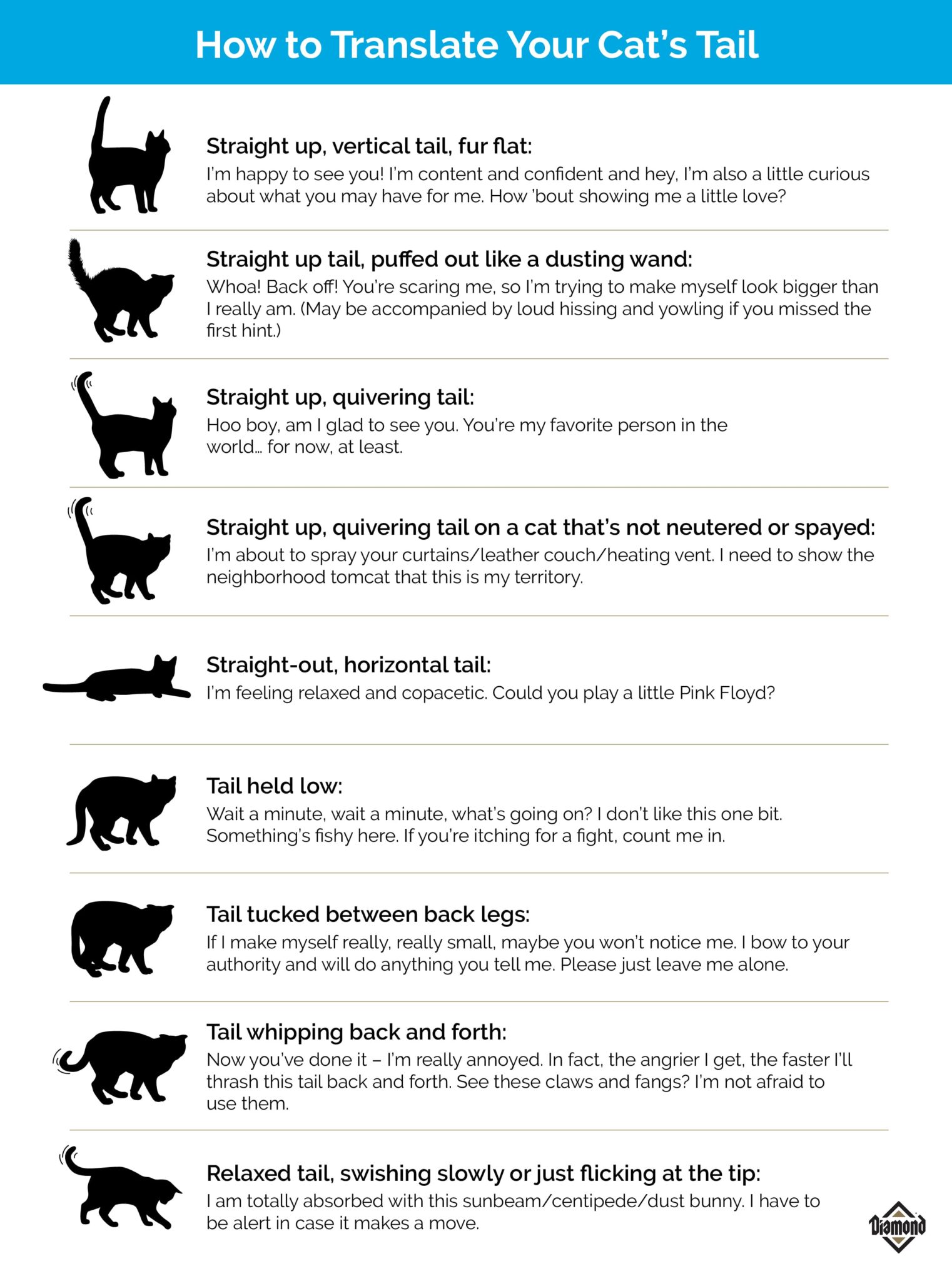Kitten and dog. Dog and kitten. Photo ops and swooning “Awwwwws!” abound, right? Introducing a cuddly kitten to your trusty dog can be an immensely rewarding experience, if a few thousand YouTube videos are any indication. But if you don’t know how to introduce a kitten to your dog, it’s a situation that can go south in a hurry.
While it’s a commonly held belief that dogs and cats are natural enemies, in reality, canines and felines live together in relative harmony all the time. That said, there are certain behaviors hardwired into each species that can cause your classic dog-chasing-cat scenario if they’re not managed. Some dogs are inclined to chase; some cats are inclined to run, for instance.
But with a little effort and caution, chances are your dog and new kitten will be, if not best buds, then at least respectful roommates. Here are some tips for making sure your new odd couple gets off on the right four feet.
Know How to Read Your Kitten and Dog’s Body Language
This tip is broadly applicable, but it’s essential when a dog or cat (or in this case, both) are introduced to new situations.
No matter how happy or carefree your pet is, there is something that stresses them out, and it’s good to know those signs of stress or potential aggression — it’s how you’ll be able to prevent a serious incident. Even a small dog could seriously hurt a kitten if they get even a little aggressive, so know your pet’s cues and be on the alert.
The American Kennel Club lists ways to read your dog’s posture, facial expressions and other cues to know when it might be time to end a session with the new kitten.
Though your new kitten likely couldn’t do much harm to your dog, a jittery kitty can cause an otherwise calm dog to quickly get aggressive, so it’s good to know how the kitten is feeling, too. Here’s a handy chart for reading your kitten’s mood.

Give the Kitten Their Own Room Before Introducing Them to a Dog
Before introducing your new pal to your old one, you want to give the kitten time to get acclimated to their new home in safety and privacy. Have a room or other secure, enclosed area prepared so that your kitten can get used to the new sights, smells and sounds in relative peace. Let the kitten roam around this area for a few days before introducing any new stressors to the situation. A private, safe area is also important if they have recently been spayed or neutered, to give them time to recover.
Passing the Smell Test When Introducing a Kitten and Dog
Dogs use their noses like we use our eyes, so your dog’s first introduction to the kitten should be through its sense of smell. With a sturdy, closed door between them, let the kitten and dog get familiar with one another through smell. Your dog may get excited and huff and snort through the gap between the door and the floor, and that’s OK! Let them smell and hear each other for a few minutes at first, then gradually increase the time of exposure. Eventually, the kitten will just be another smell in the house.
Give Your Kitten and Dog Face Time
Once your dog has gotten its two scents in, it’s time to pull back the curtain, so to speak. Face-to-face interaction is the last major hurdle facing the two pets. Through some sort of sturdy barrier like a fence or gate (no glass doors, especially if your dog is big and excitable), let the two strangers make eye contact at a distance. If your dog is prone to get physical when excited, you might want to consider restraining with a leash until you’re sure both pets are calm and collected.
Start at a distance, letting them see each other from afar for just a few minutes. Gradually increase the duration and slowly shrink the space between them, leaving the see-through barrier intact, just in case. At this point, you could move your kitten to a secure cat carrier and let the dog give it an up close and personal inspection.
This is another point where it’s important to know the signs of stress in both your pets. If body language indicates any signs of stress, fear or aggression, end the session and give everyone space to calm down. Try again later, with increased distance.
Tear Down That Wall Between the Kitten and the Dog
Once your dog and cat can see and smell one another with minimal reaction, it’s safe to let them see each other with no barriers. Keep your dog on a leash, just in case. If they can be muzzled without causing undo stress, you could take that extra precaution. Let the kitten approach your dog at its own pace, and always pay close attention to body language. You don’t want the kitten to get spooked and run away, causing your dog to give chase.
If everything goes well and the two can get face-to-face without incident, you can unleash the hound and let the pair hang out together at their own pace. Be sure to supervise them at first.
Patience Pays Off When Introducing a Kitten and a Dog
No matter what, take things slow. The more patience you express, the better your chances of success. Any extra time you spend being cautious will be worth it in the long run, when you’re sharing your own videos on YouTube of your kitten soundly sleeping, nestled in your dog’s fur.
But remember that even if it doesn’t go well, all is not lost. Don’t hesitate to seek out professional help before you decide that the relationship just won’t work. Many professional dog trainers can help the introduction become a lasting friendship.
RELATED POST: Seven Commands Every Dog Should Know







